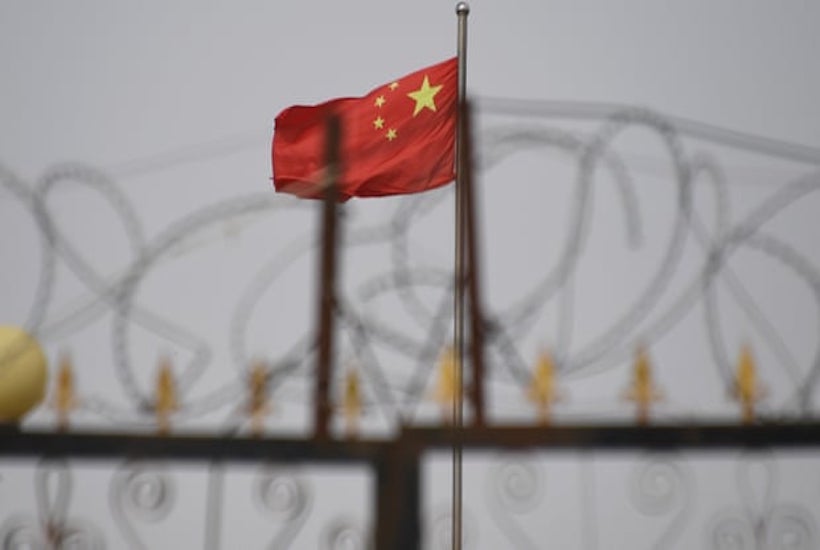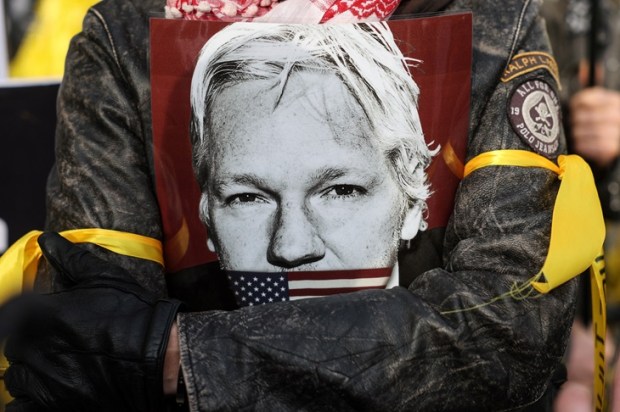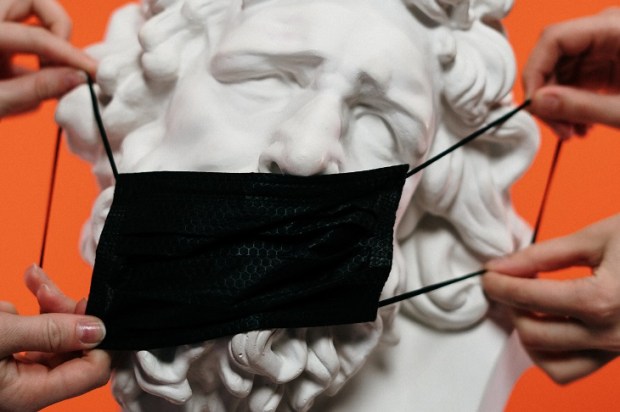Xinjiang is where Communism sits naked, spread over the deserts and mountains, exposing its vicious desire to exploit people in service of the State.
The West knows it as the home of China’s ethnic concentration camps, but if we are allowed to print books in the next hundred years, Xinjiang will be remembered as the pivotal piece in China’s war against democracy.
Already a subscriber? Log in
Subscribe for just $2 a week
Try a month of The Spectator Australia absolutely free and without commitment. Not only that but – if you choose to continue – you’ll pay just $2 a week for your first year.
- Unlimited access to spectator.com.au and app
- The weekly edition on the Spectator Australia app
- Spectator podcasts and newsletters
- Full access to spectator.co.uk
Or


























Comments
Don't miss out
Join the conversation with other Spectator Australia readers. Subscribe to leave a comment.
SUBSCRIBEAlready a subscriber? Log in